Identifying Northern Flickers:
Northern Flickers are a fairly large woodpecker with unique coloration that varies slightly by geographic location. Measuring approximately 11.5 inches in length, flickers feature a slim rounded head, a long slightly downcurved bill, and a longer flared tail that tapers to a point. These woodpeckers are a dusty taupe overall with richly patterned black spots, bars, and crescents on their backs and undersides and a black bib underneath their necks. For eastern birds, the undersides of the wing and tail feathers are bright yellow and the males have two distinct black batches extended from the beak down either cheek. In the western counterpart undersides of the wing and tail feathers have a red tint and the cheek patches are also red.


Above Left: Female Northern Flicker (Yellow Shafted) / Above Right: Male Northern Flicker (Yellow Shafted)


Above Left: Female Northern Flicker (Red Shafted) credit: Eric Ellingson | Macaulay Library / Above Right: Male Northern Flicker (Red Shafted) credit: Matt Davis | Macaulay Library
Attracting Northern Flickers to Your Feeder:
Flickers typically reside in open habitats close to stands of trees. This includes areas like woodlands, wood edges, yards, and parks. In the West they can be found in mountain forests all the way up to the tree line.
As with other woodpeckers and insect eating birds, suet is a safe bet when trying to attract these spotted visitors. Suet feeders with extended bases provide space for these bottom-heavy birds to prop their tail for comfortable feeding, much like they would naturally on the trunk of a tree. Peanuts and black oil sunflower are also favorites of the Northern Flicker. These can be fed in an open tray feeder to allow ample space for these larger birds to feed comfortably.
Since birds get only roughly 25% of their nutritional needs from feeders, it is important to remember to try to limit the use of broad spectrum pesticides and when possible leave larger dying or dead trees standing to help provide natural sources for the insects that make up a large portion of this bird's diet. Flickers also eat berries and seeds, especially in winter months. Including plants such as dogwood, sumac, wild cherry and grape, bayberries, hackberries, or elderberries in your landscape can also help to provide additional food sources and keep these birds close by.
Above: Male Northern Flicker (Yellow-Shafted) on Hanging Platform Feeder (Model# WWCF23)
Nesting:
Northern Flickers typically excavate nest holes in dead or diseased tree trunks or large branches. Because of this, look for nest cavities in tree species which are more susceptible to a heart rot, like Aspen or Alder, which makes for easy excavation. Unlike many woodpeckers, flickers will often reuse cavities that were excavated in a previous year. Nests are generally placed 6-15 feet off the ground, but can be located significantly higher in some cases. Both male and female help with nest excavation, creating an entry hole roughly 3 inches in diameter with a cavity between 13 and 16 inches in depth which is left bare with the exception of a bed of wood chips for eggs to rest on.
Eggs range from 0.8-1.4 inches in length and 0.6-1.3 inches in width and are solid white. Typically clutches contain between 5 to 8 eggs and hatch within 14 days. Young will remain in the nest four roughly 4 weeks before fledging.
Have you had any Northern Flicker sightings in your yard?

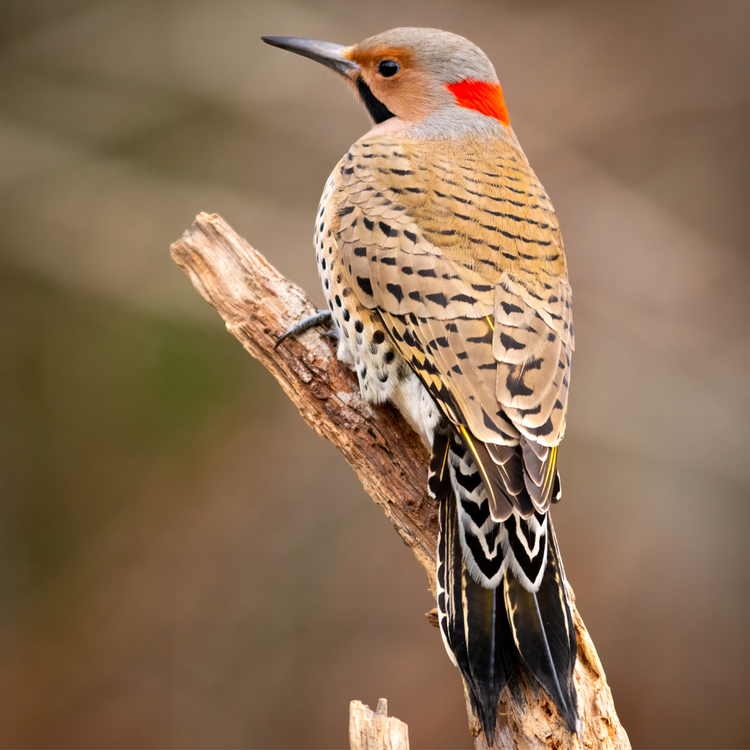

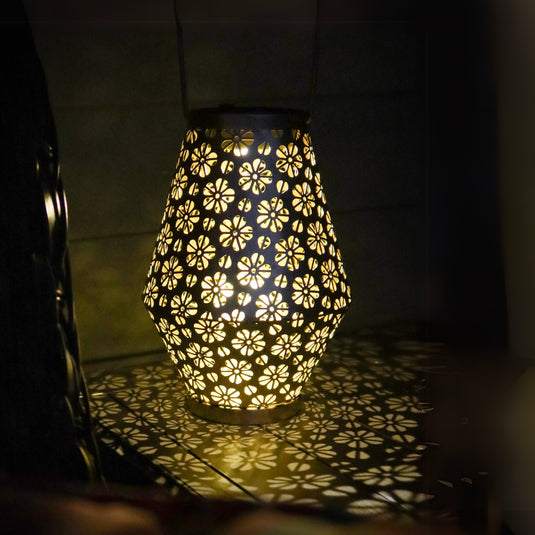
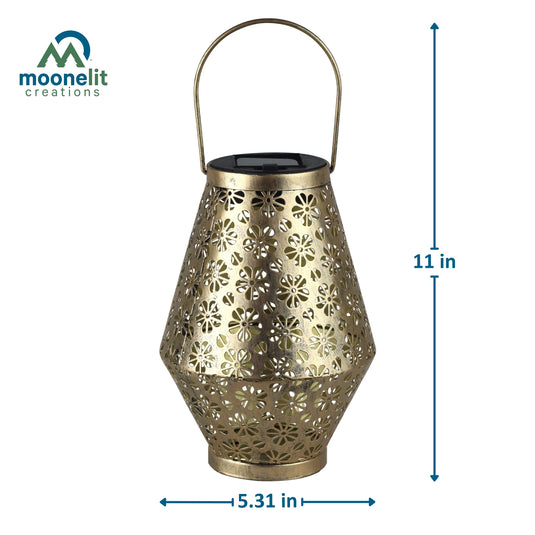
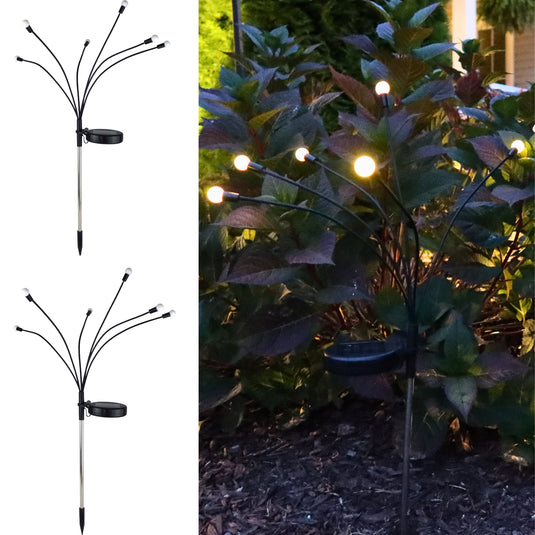
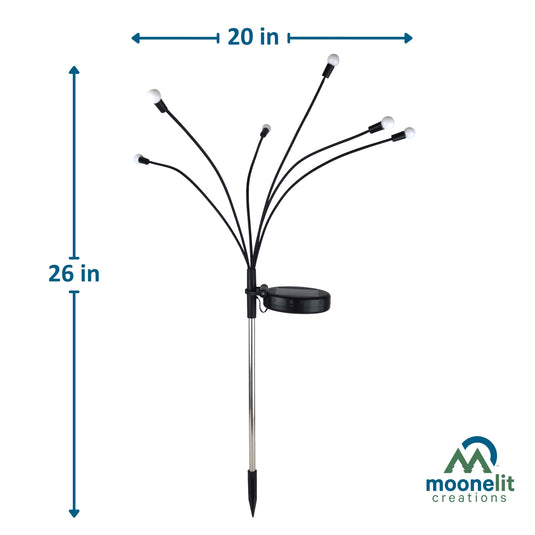
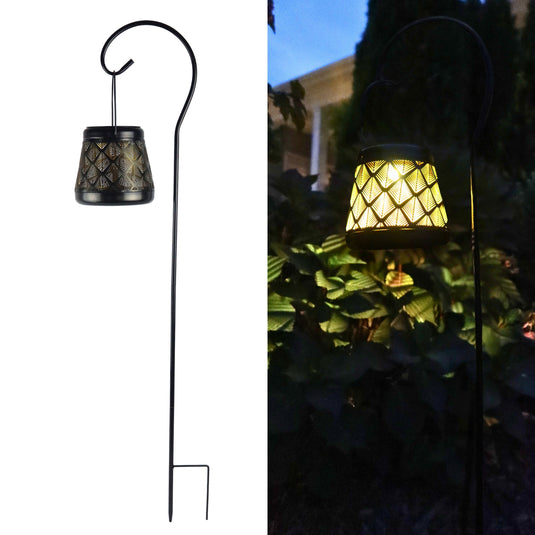
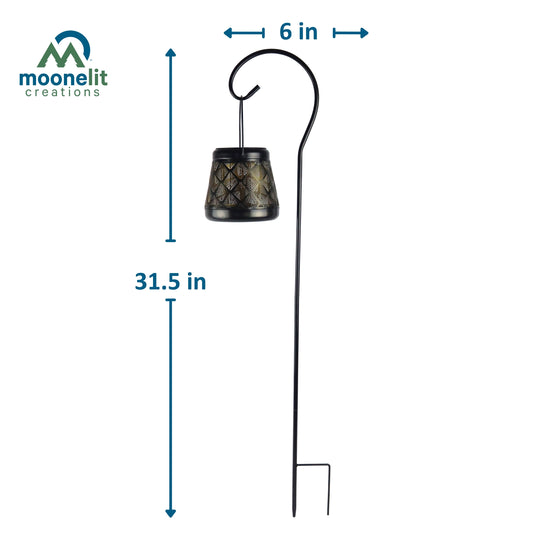
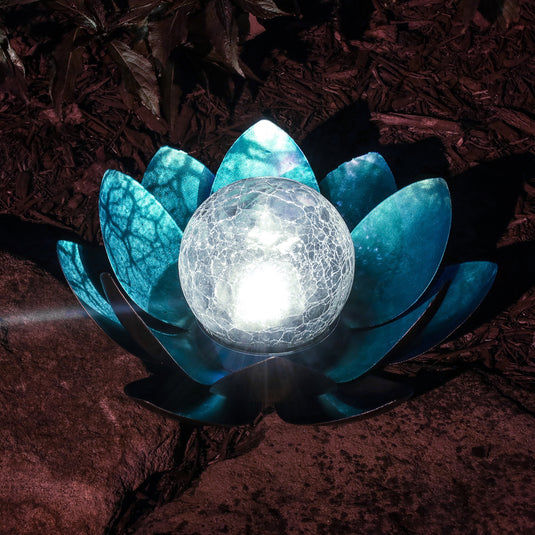
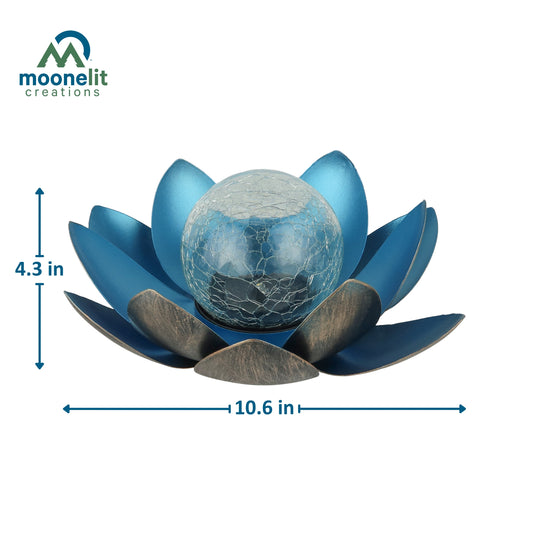
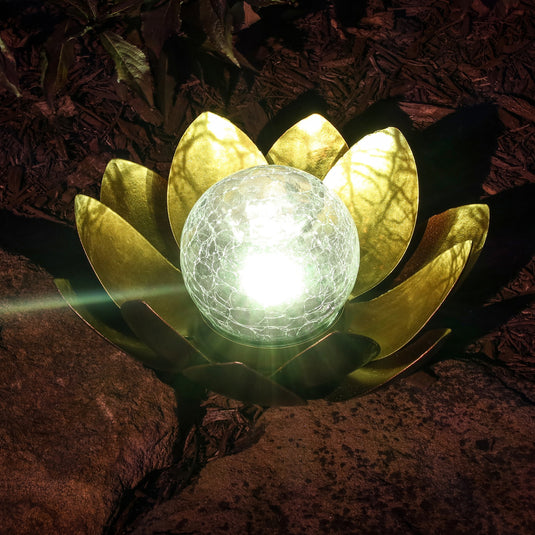
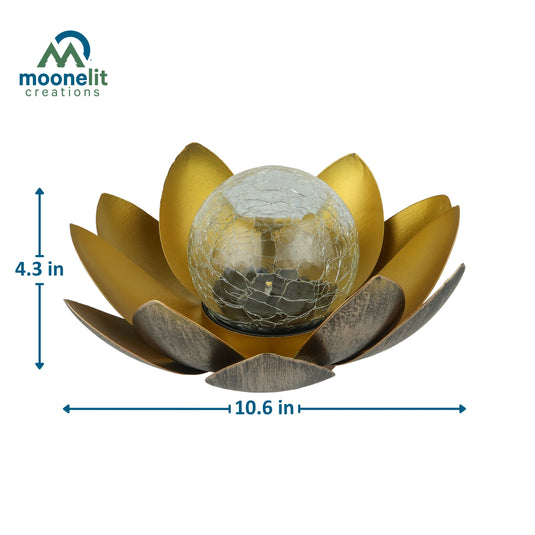
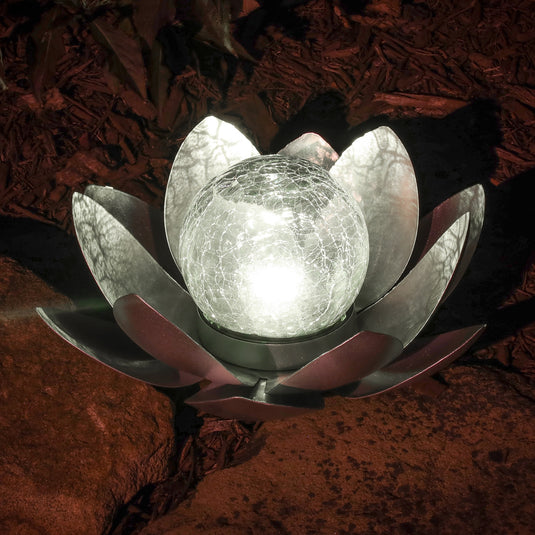
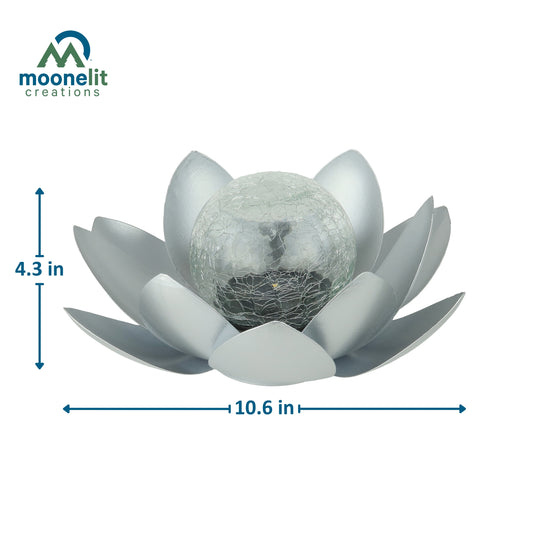
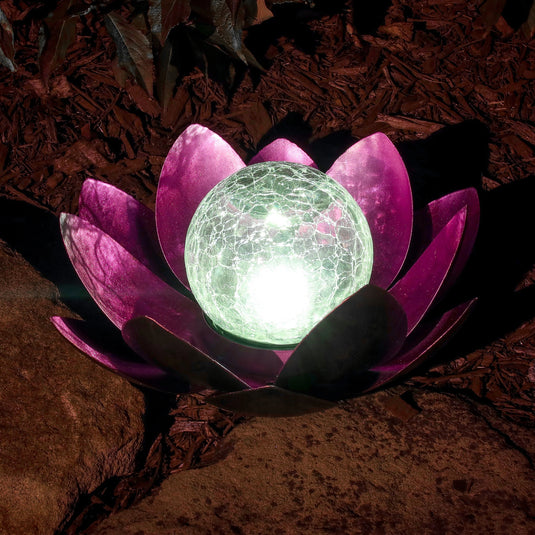
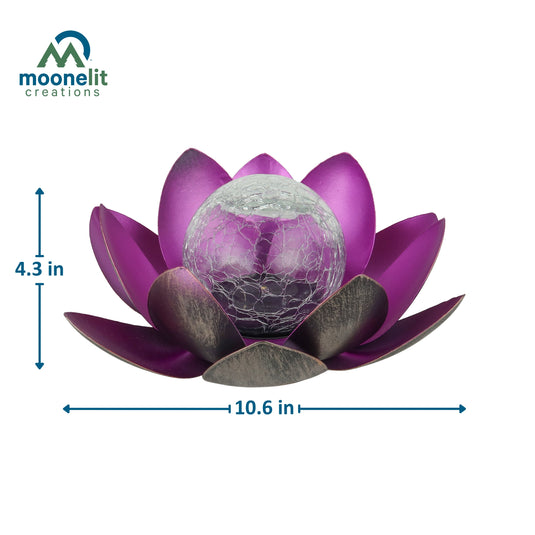
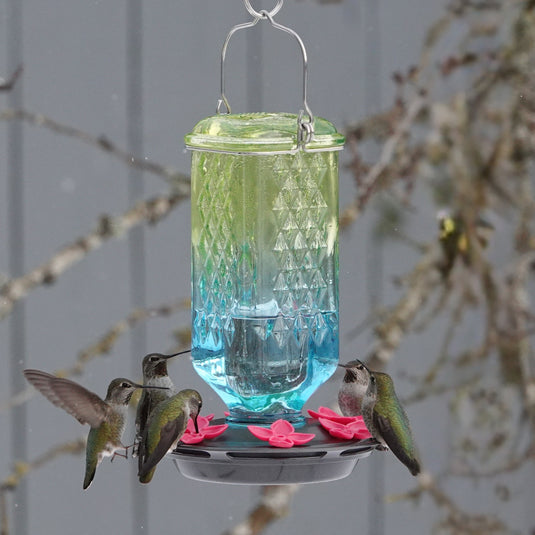
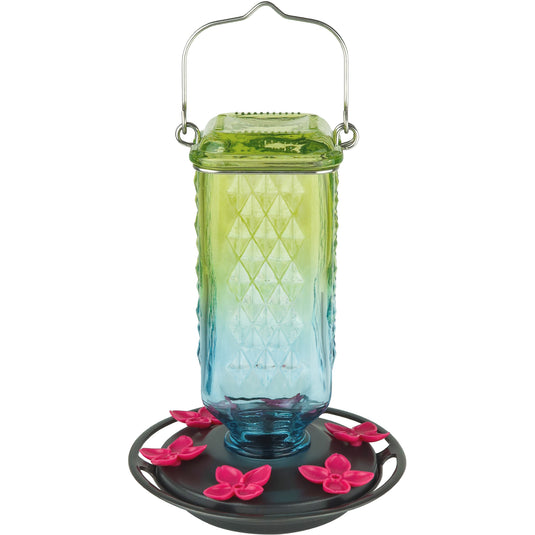
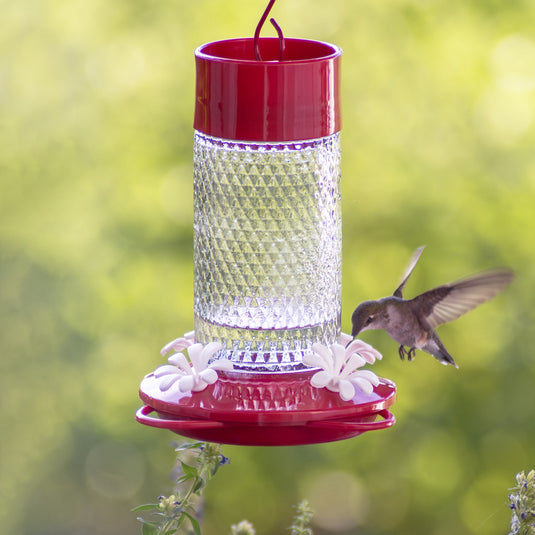
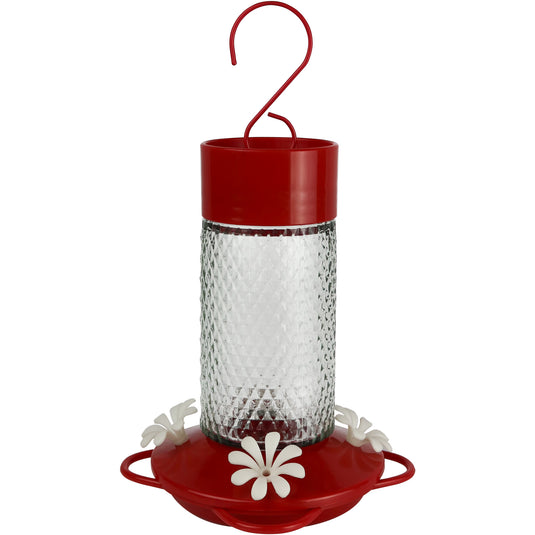
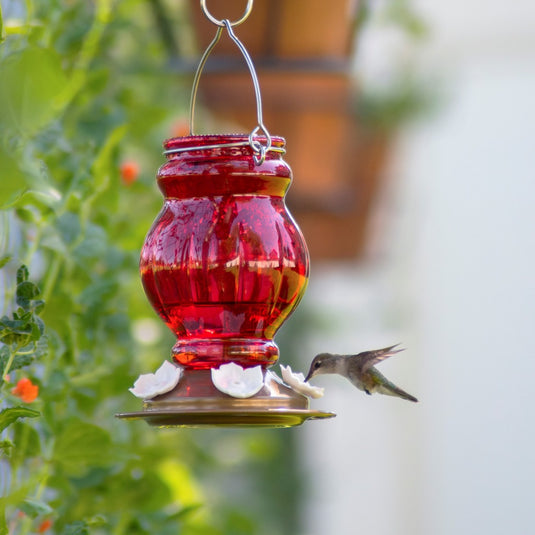
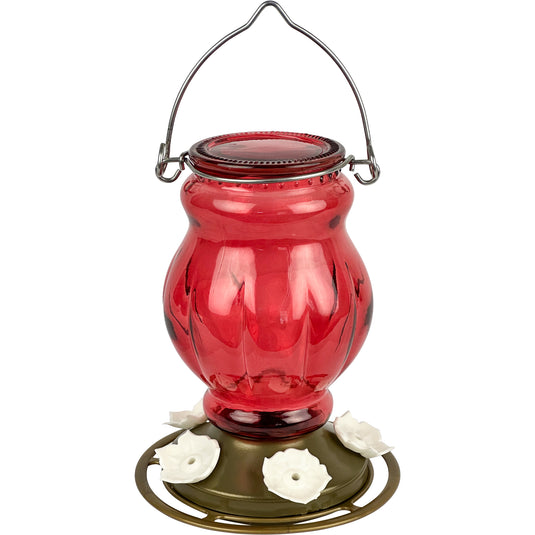
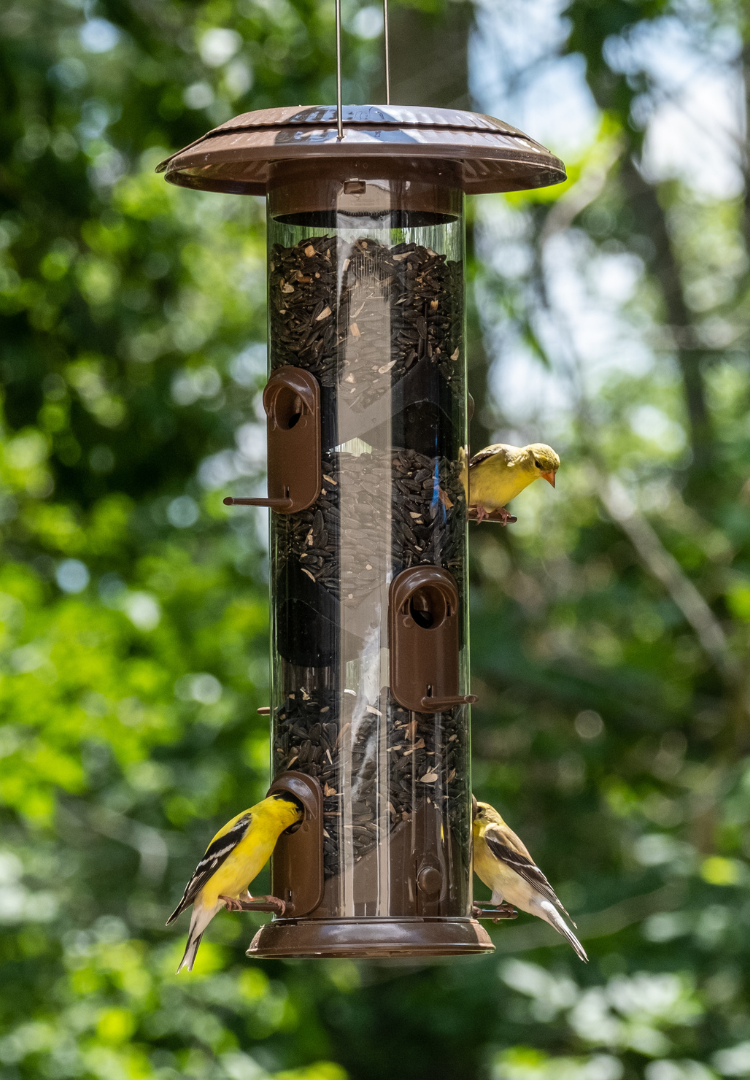
We’ve had these coming to our yard every summer for years! – Saskatchewan Canada 🇨🇦
Saw my first Flicker today. Had to use Google to identify as he was new to my Rhode Island feeder. He is very handsome!
We saw our first pair today on interlocking brick driveway pecking at spaces between bricks.
Sherrie From Hamilton, Ontario
Saw my first pair today. Saint Ignace Michigan
I first noticed the Northern Flicker eating bugs from a spot that a tree had bee removed. They have kindly stayed around. Last year I believe they had babies and perhaps previous year. They do take advantage of the suet feeder and and seem to enjoy the millworm balls.
Meriden CT